-
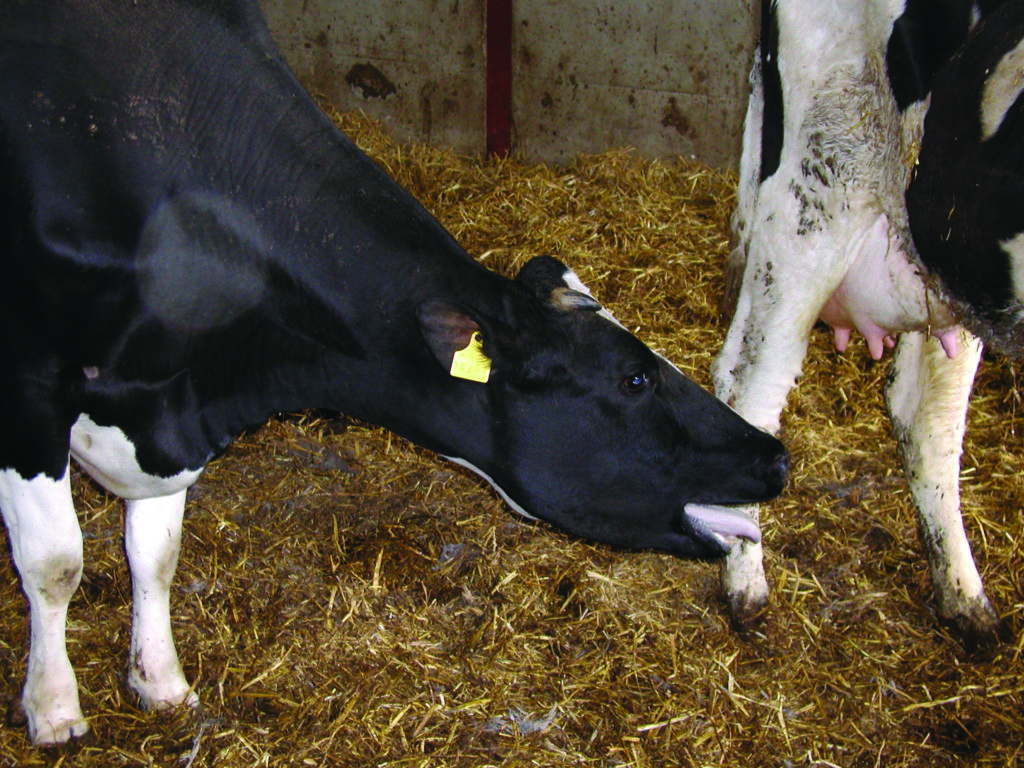
Infectious Bovine Rhinotracheitis (IBR)
Cause Infectious Bovine Rhinotracheitis (IBR) is a highly contagious, infectious respiratory disease that is caused by Bovine Herpesvirus-1 (BHV-1). It can affect young and older cattle. In addition to causing respiratory disease, this virus can cause conjunctivitis, abortions, encephalitis, and ...Read more -
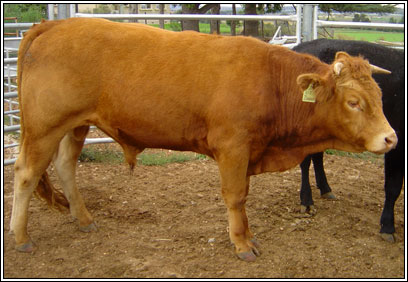
Fog Fever
Also known as Acute Bovine Pulmonary Edema and Emphysema (ABPEE). Fog fever is an acute pneumonia of adult cattle which occurs within four to 10 days of moving from an over grazed pasture or dry feed, to a fresh, lush green pasture. The condition develops rapidly. It typically occurs in Autumn, f...Read more -
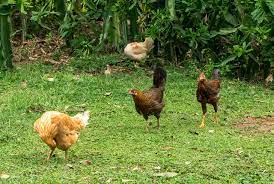
Ethiopian scientists evaluate three chicken breeds in rural and small-scale systems
So how can producers find the right balance? In a recent study, a team of Ethiopia-based scientists investigated the on-farm growth and egg production performance of three exotic chicken breeds: Kuroiler, Sasso and Sasso-R. The scientists focused on whether these tropically-adapted breeds could s...Read more -
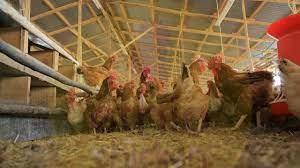
Environment drives DNA changes in Ethiopian chickens
Key environmental drivers for adaptation relate to temperature, which is associated with altitude, rainfall, which impacts water availability, as well as soil and land cover, which affect food availability for foraging chickens, scientists found. Regions of the genetic code of chickens are found ...Read more -
A Comparative Overview of the Livestock-Environment Interactions in Asia and Sub-saharan Africa
Understanding the interactions between livestock and the environment in Asia and Sub-Saharan Africa is essential to sustainable livestock sector development. In this comparative overview, we review the available evidence on the extent of grassland degradation, land, and water pollution by nutrie...Read more -

Correcting night blindness in dogs
People with congenital stationary night blindness (CSNB) are unable to distinguish objects in dim-light conditions. This impairment presents challenges, especially where artificial lighting is unavailable or when driving at night. In 2015, researchers from Penn’s School of Veterinary Medici...Read more -
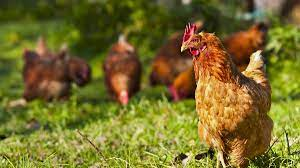
Chickens Can Help Protect Humans from Malaria
Odours emitted by species such as chickens could provide protection for humans at risk of mosquito-transmitted diseases, according to a study in the open access Malaria Journal. Researchers at the Swedish University of Agricultural Sciences and Addis Ababa University, Ethiopia found that Anophele...Read more -
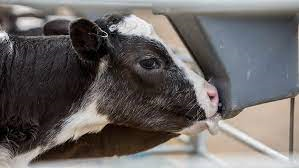
Calf Pneumonia
Cause Calf pneumonia is a major problem in dairy and beef herds. It is a multifactorial disease, and the most common post-mortem diagnosis in calves between one to five months of age. Infectious agents involved include Mannheimia haemolytica, Haemophilus somnus, Infectious Bovine Rhinotracheitis ...Read more -
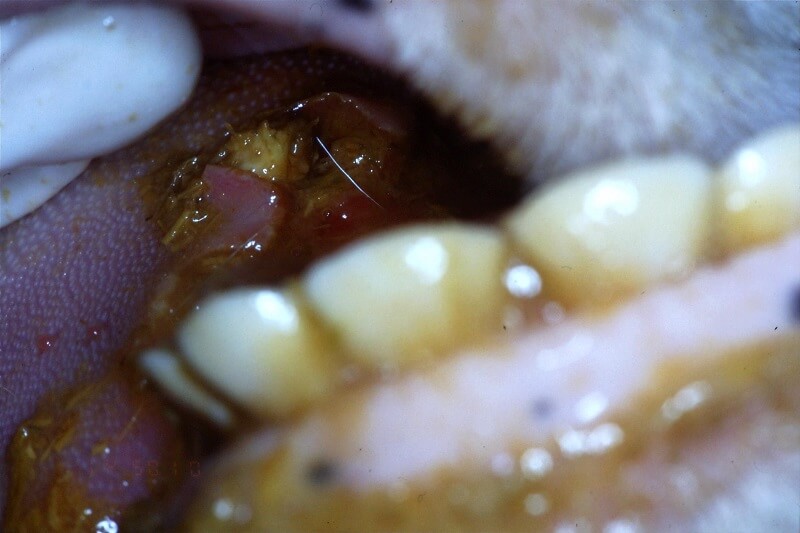
Calf Diphtheria (Necrobacillosis)
What is calf diphtheria? There are two forms of calf diphtheria. The most common is an acute oral (mouth) infection, usually seen in calves less than 3 months old. The second form is usually seen in older calves and affects the larynx (or voice-box), Both forms are caused by the bacteria Fusobact...Read more -
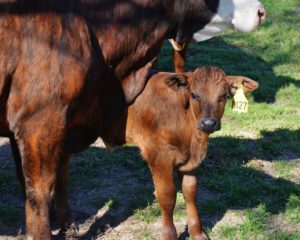
Bovine Viral Diarrhoea (BVD)
BVD is a common cause of respiratory and reproductive issues in the herd. It is a economically important disease in many countries, and problems realted to the disease are thought to be increasing in some areas. Although a disease in itself, BVD causes a number of transient infections which are o...Read more -
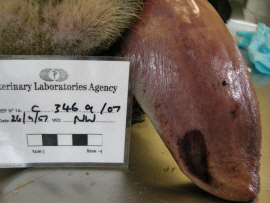
Bluetongue (BTV)
Bluetongue is an insect-borne, viral disease affecting sheep, cattle, deer, goats and camelids (camels, llamas, alpacas, guanaco and vicuña). Although sheep are most severely affected, cattle are the main mammal reservoir of the virus and are critical in the disease epidemiology. The disease is n...Read more -
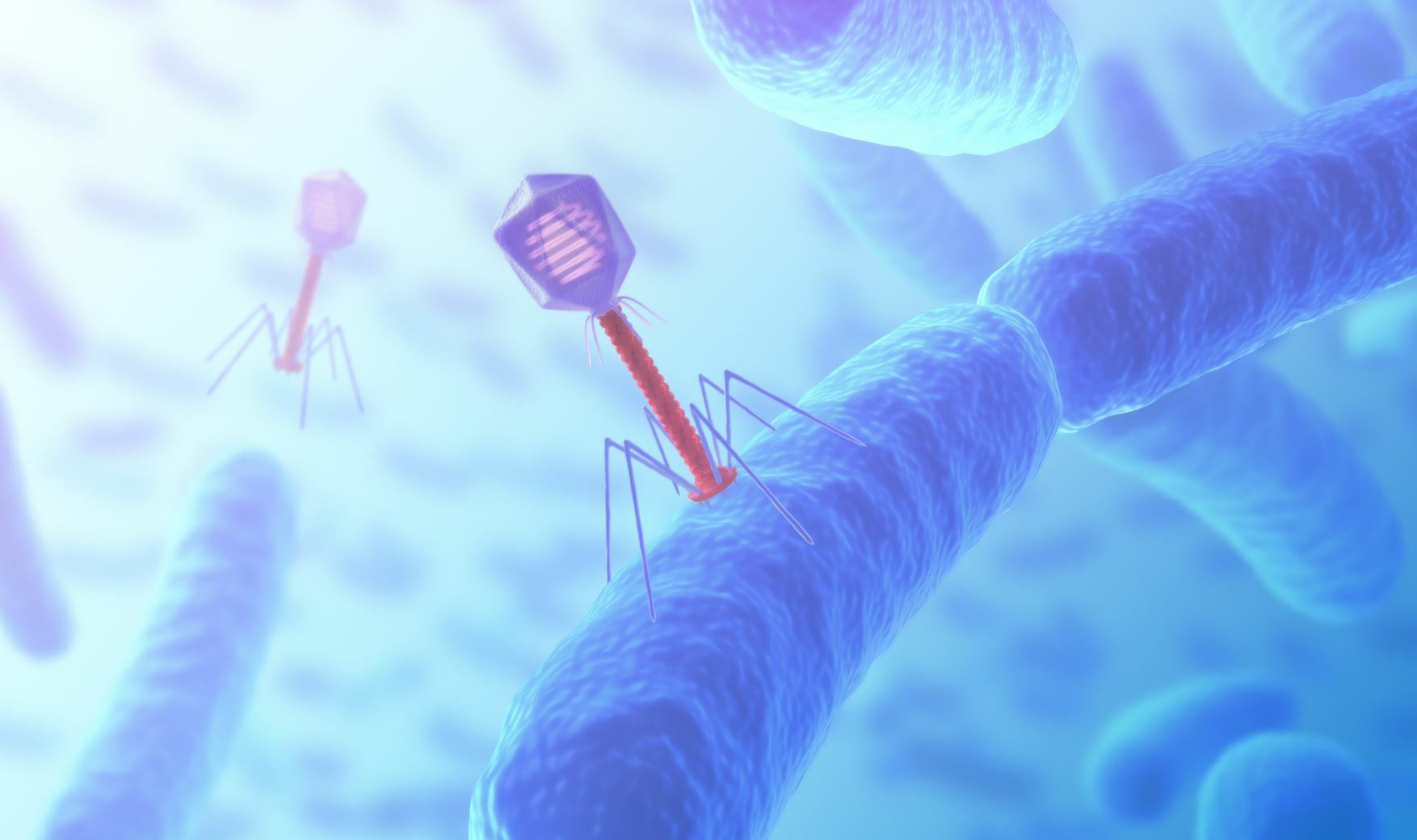
Bacteriophages as a viable alternative to antibiotics in poultry
he moment of introducing antibiotics was a turning point in medicine. Antibiotics revolutionized the industry, displacing other methods of combating microorganisms, and contributed to the development of various medical therapies, e.g., chemotherapy, and transplantation. The phenomenon of antibiot...Read more -

Arizona Infection, Arizonosis
Introduction Caused by the bacterium Arizona hinshawii, renamed Salmonella Arizonae. It affects turkeys, mainly in North America, and is not present in the UK turkey population. Mortality is 10-50% in young birds, older birds are asymptomatic carriers. Transmission is vertical, transovarian, and ...Read more -
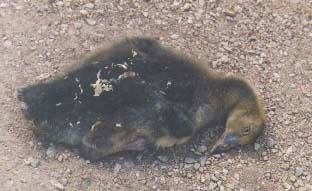
Anatipestifer Disease, New Duck Syndrome, Duck Septicaemia
Introduction An acute or chronic septicaemic disease caused by Riemerella anatipestifer, syn Pasteurella, or Moraxella a. It affects ducks of any age, sometimes turkeys, and may also be isolated from chickens, game birds and wild waterfowl. Mortality is 2-75% in young ducks. Transmission is mainl...Read more -

Congratulations! Fangtong has successfully passed the acceptance of the new veterinary drug GMP.
From April 26 to 28, 2022, four members of the veterinary drug GMP expert group of Chongqing Agricultural and Rural Committee and two observers dispatched by Rongchang District Animal Husbandry Development Center conducted a three-day acceptance inspection of the new version of veterinary drug GM...Read more -
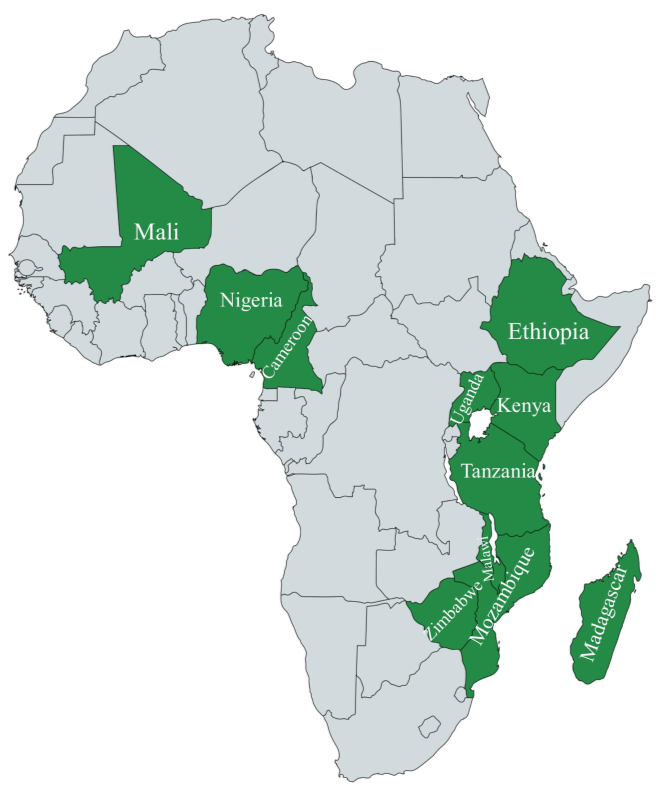
Timing and Extent of Inbreeding in African Goats
Citation: Genetic characterization of African goats is one of the current priorities in the improvement of goats in the continent. This study contributes to the characterization effort by determining the levels and number of generations to common ancestors (“age”) associated with inbreeding in Af...Read more -

Amyloidosis
Introduction A Coronavirus infection of chickens with a morbidity of 50-100% and a mortality 0-25%, depending on secondary infections. Infection is via the conjunctiva or upper respiratory tract with an incubation period of 18-36 hours. The infection spreads rapidly by contact, fomites or aerosol...Read more -
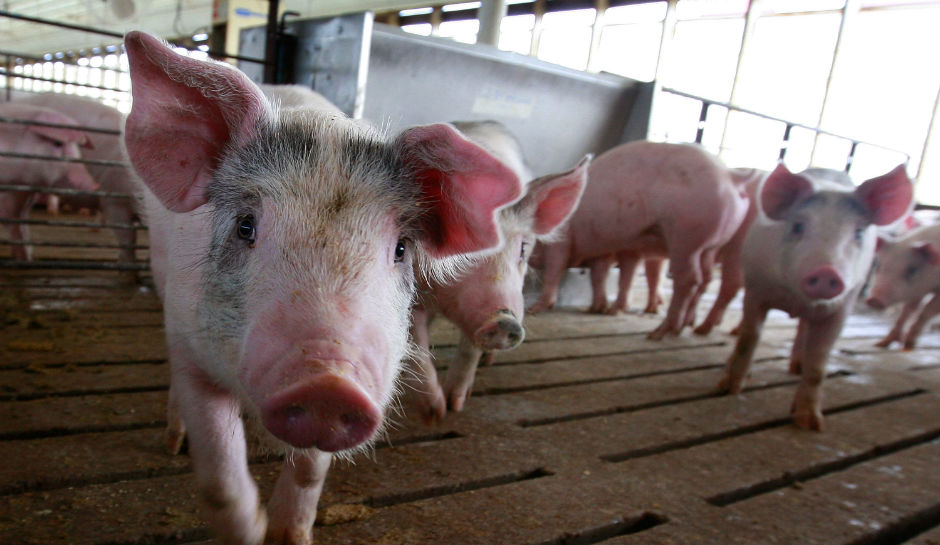
WHY PIG HEARTS COULD BE IMPLANTED IN HUMANS WITHIN THREE YEARS
Pioneering surgeon who performed Britain’s first successful transplant 40 years ago says this could pave way for more complex procedure in future Pig hearts may be adapted for human use within three years in a breakthrough move that could clear the long donor list globally, a leading surgeon has ...Read more -
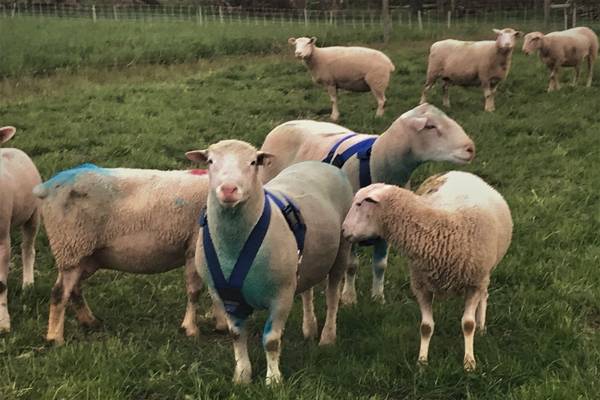
Tips for Improving Out-of-season Reproduction
For most, fall lambing in 2021 is in the far distance; however, timely planning now will foster future improvements. This article provides tips for improving out of season reproduction in sheep. Lamb supply is seasonal in nature and is explained largely by the seasonal nature of sheep reproductio...Read more -
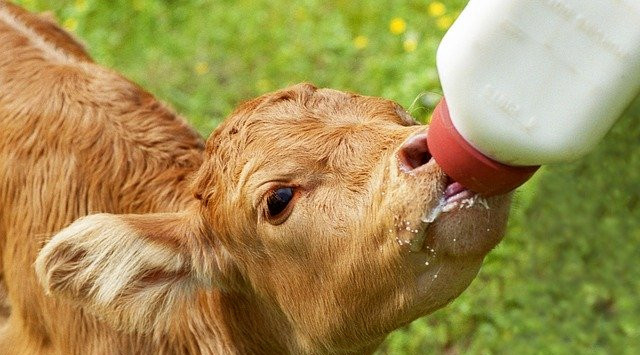
TIPS FOR FEEDING NEW-BORN CALVES
Since new-born calves depend on milk for most of their energy needs, it is especially important to adjust the liquid ration for cold conditions. Here are some practical tips. “Calves are more susceptible to cold stress than older animals, due to their low body fat reserves and larger surface-area...Read more -
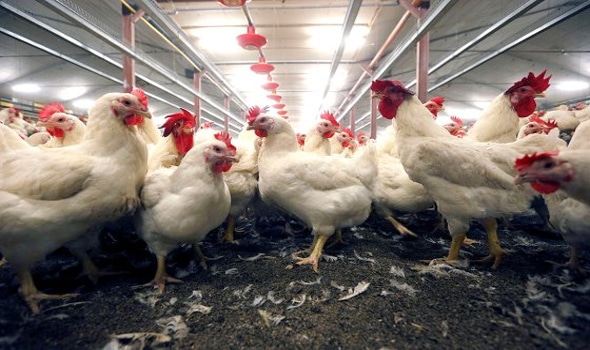
THE IMPORTANCE OF FLOCK UNIFORMITY
Flock uniformity is becoming an increasingly important driver for farmers and processors alike. However, until now there has been no definitive way of measuring or benchmarking this. With consumer demands increasing and supply chain pressures rising to provide a consistent end product, it’s impor...Read more -

Pirbright scientists use ground-breaking techniques to identify how a ruminant virus can adapt to infect human cells
Scientists from The Pirbright Institute have used a ground-breaking approach to identify that a morbillivirus that causes disease in small ruminants such as sheep and goats, known as peste des petits ruminants (a close relative of measles virus – the human morbillivirus), could, through minor cha...Read more -
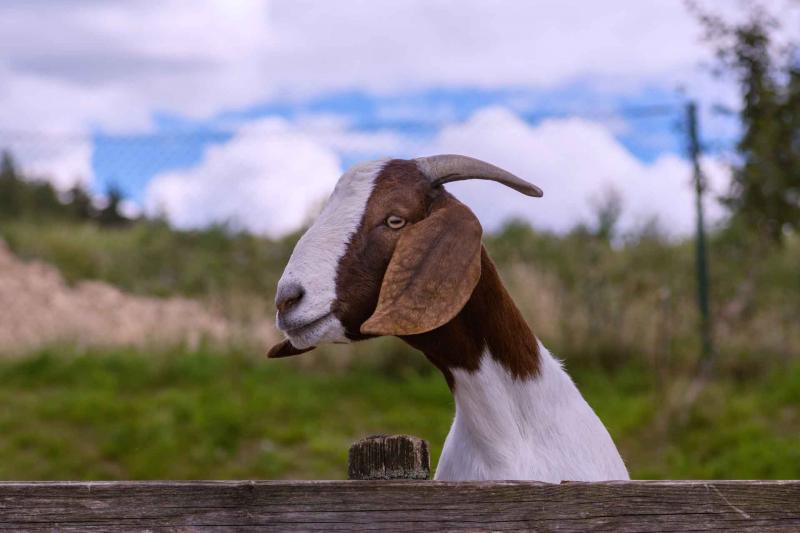
Pirbright collaboration proves Rift Valley fever vaccine safe in pregnant animals
Collaborative research involving scientists from The Pirbright Institute has shown that a new vaccine, ChAdOx1 RVF, is effective at protecting pregnant sheep and goats from Rift Valley fever (RVF), a debilitating disease that can also be transmitted to humans. This work will also help progress th...Read more -
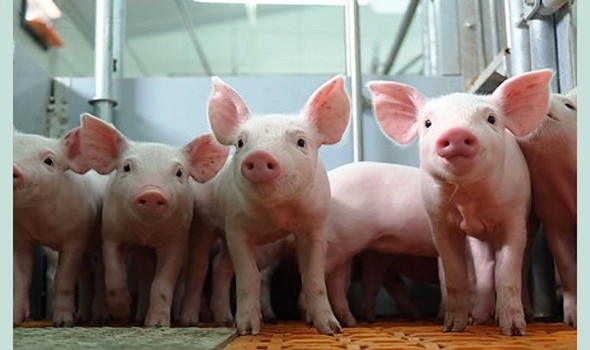
PIGLET ANAEMIA CAUSES AND PREVENTION
Piglet Anaemia also known as Iron Deficient Anaemia is a hypochromic-microcytic anaemia generally associated with young, rapidly growing piglets deprived of iron in their diet or from their environment. “The most common parameter to indicate iron-deficient anaemia is haemoglobin concentration. Wh...Read more

